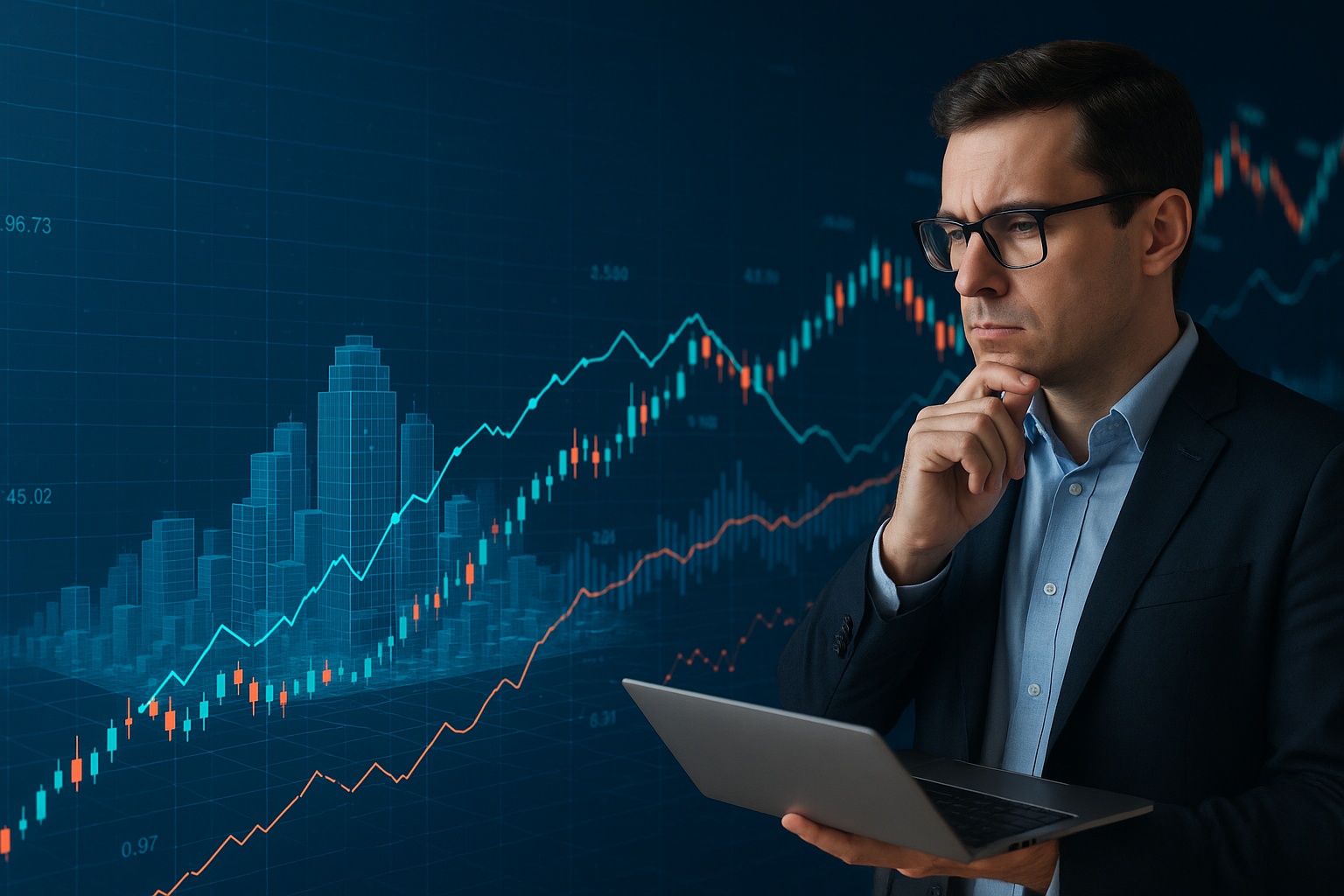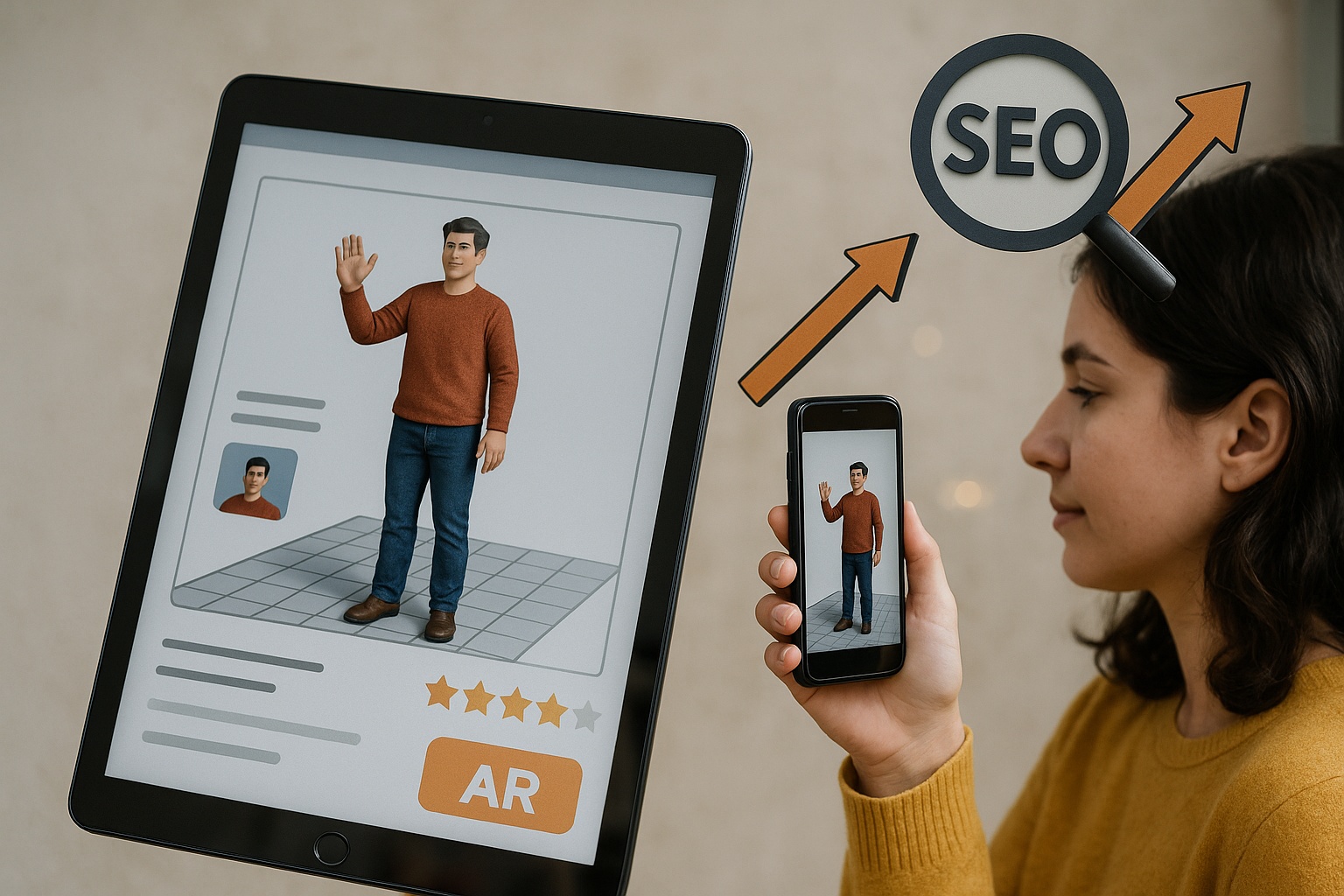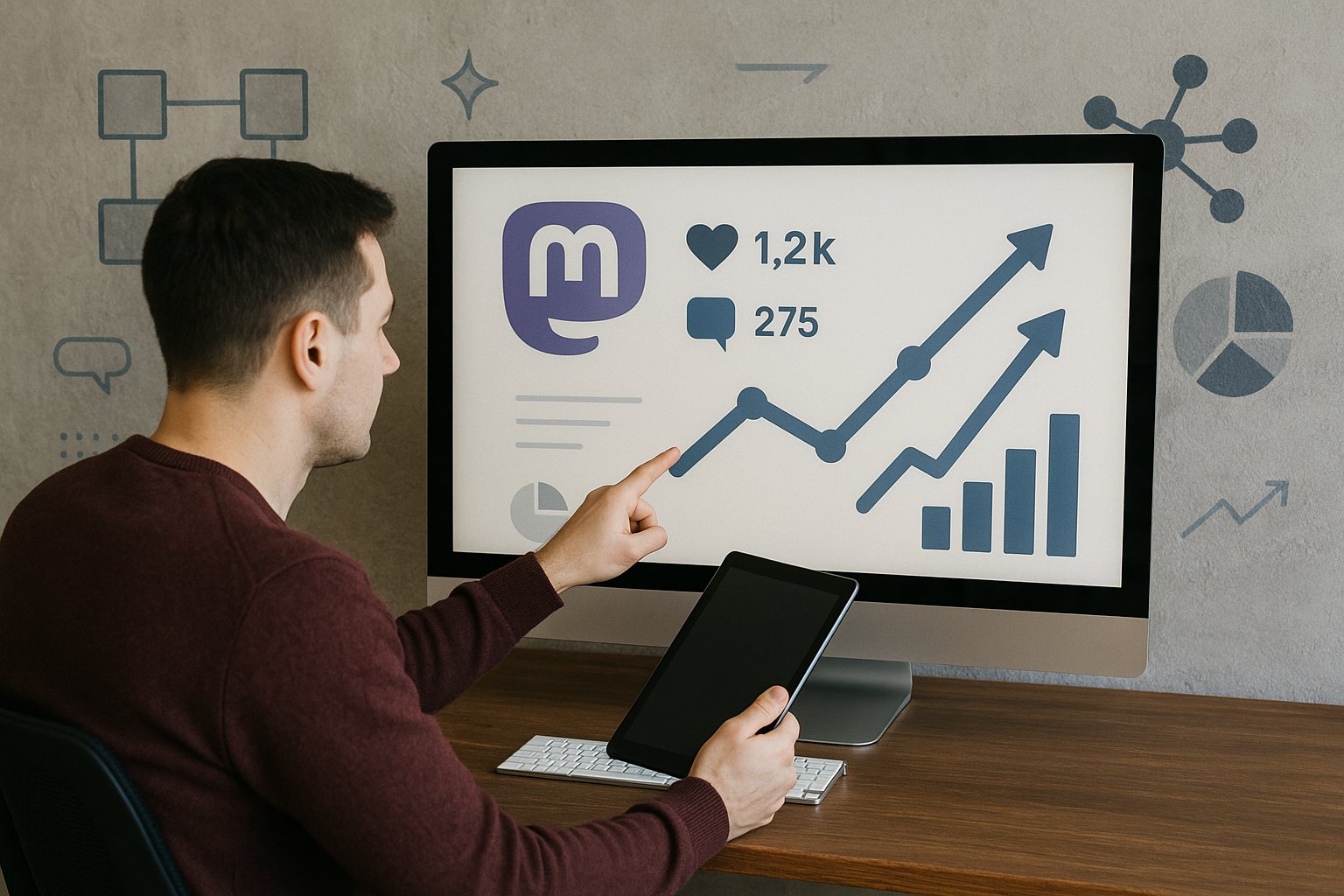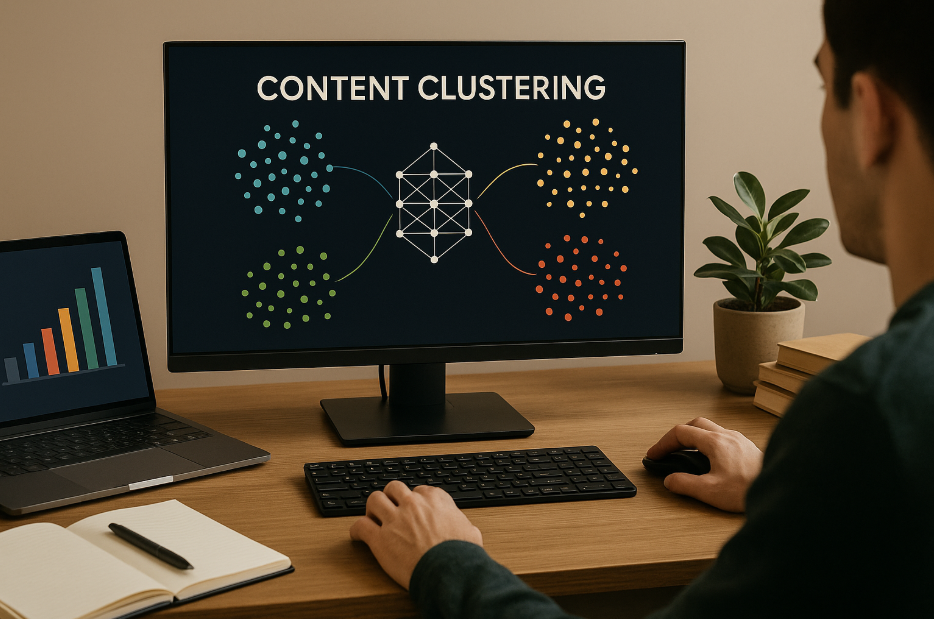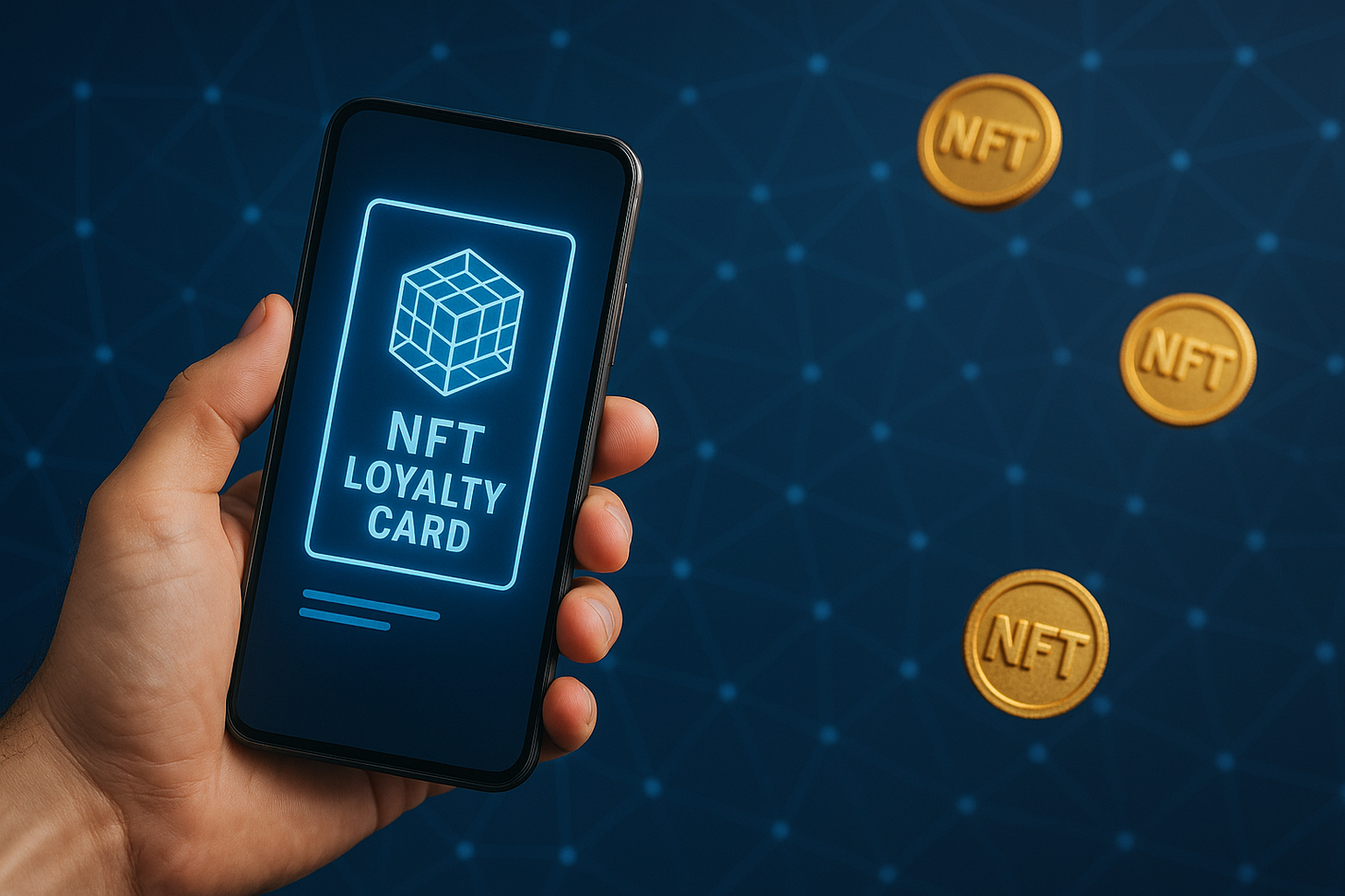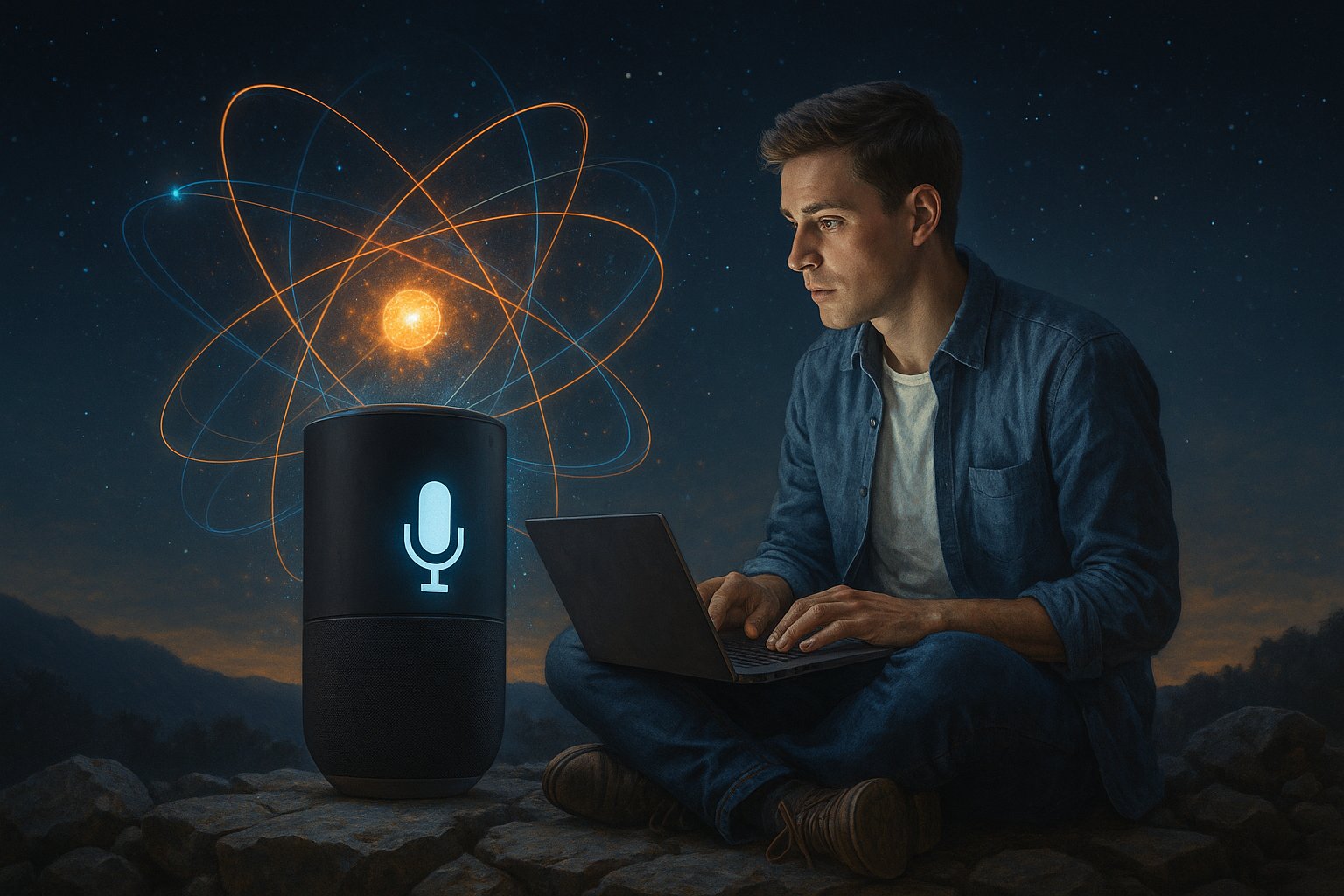Crafting the perfect social media post isn’t just about what you say, but where you say it can make all the difference.
Think about it: Have you ever posted something brilliant and received barely a handful of likes? Then another time, you posted something simple, and it blew up? That’s not just the algorithm playing games with your sanity; timing is a huge part of that mystery. And here’s where a fascinating science called chronobiology enters the chat.
This guide breaks down how our biological clocks, social habits, and platform behaviours come together to influence the best times to post and how you can use time analysis and content scheduling to make your content work smarter, not harder.
What Is Chronobiology and Why Should Marketers Even Bother?
Chronobiology is the scientific study of biological rhythms, natural cycles within our bodies that influence our physical, mental, and behavioural patterns. While most people associate these rhythms with sleep, their impact stretches far beyond bedtime. Chronobiology governs everything from mood and metabolism to alertness, productivity, and social interaction. For marketers, especially in the digital realm, this field provides valuable insights into when people are most receptive to engaging with online content.
Timing isn’t just a scheduling tactic; it is a psychological strategy. Knowing your audience’s habits is useful. But understanding why they behave the way they do at certain times of day? That’s gold.
Here we are breaking down a few key types of biological rhythms that directly shape how audiences consume content:
The Three Main Rhythms You Should Know
1. Circadian Rhythms
This is the big one. Circadian rhythms are 24-hour cycles that affect pretty much everything: sleep, alertness, and hormones. Here’s how it plays out in real life:
- Morning (6 AM – 10 AM): People are in go-mode. They are scanning for news, productivity tips, and anything that sets the tone for the day. It is an excellent time for thoughtful, value-packed content.
- Midday to Early Afternoon (12:00 PM – 3:00 PM): Energy levels dip. This is the classic post-lunch slump. People are tired, zoning out, and scrolling through their devices. Light, fun, or bite-sized content works best here. Think memes, short videos, or interactive polls.
- Evening (7 PM – 10 PM): People are winding down. They are more open to emotional, inspirational, or entertaining content, stuff that makes them feel something after a long day.
2. Ultradian Rhythms
- Ultradian rhythms are like mini waves that hit every 90 to 120 minutes. These waves decide when we are laser-focused and when we are easily distracted.
- Those distracted moments? That’s when people go looking for something to click, watch, or laugh at. It is during these tiny dips in focus that someone might stop writing that report and end up deep in a thread or binge-watching Reels.
- If you’re pushing out casual, scroll-friendly content, these ultradian lows are your secret weapon.
3. Seasonal Rhythms
It is not just you feeling extra sleepy in winter or hyper-social in the summer. Our bodies and brains really do shift with the seasons.
- Winter: People tend to go inward, becoming more emotional and reflective. Cosy content, end-of-year reflections, or low-effort tips that feel comforting? Perfect match.
- Summer: Energy spikes. Social calendars are full. That’s your chance to share high-energy content—challenges, outdoor vibes, behind-the-scenes fun.
- Festive seasons (like Diwali, Christmas, or Eid): These are emotional hotspots. People are ready to spend, share, and celebrate. Emotional storytelling and festive campaigns can really hit home here.
So when you’re planning your content calendar, don’t just think of dates and holidays, think of moods and mental states.
How Do These Rhythms Actually Affect Scrolling?
You check emails and updates while sipping coffee. You scroll through Insta when you’re trying to avoid that 2 PM meeting. And at night, you’re lying in bed double-tapping on inspirational quotes or travel Reels. That’s chronobiology in action.
Why Marketers Should Care (Like, Really Care)
- Chronobiology isn’t just science; it is a cheat code for timing your content.
- Post when your audience is naturally online and paying attention.
- Match content types with the right energy or emotional tone.
- Avoid content fatigue by syncing with actual human rhythms.
It helps you stop playing guessing games. You’re not just “posting at peak time”, you’re posting when your audience feels most open to what you’re saying.
That’s the difference between a scroll past and a save, a view and a share, a like and a DM.
How Biological Timing Affects Digital Behaviour
Morning Energy Peaks
Between 6:30 and 10:00 AM, the cortisol spike makes us alert and ready for the day. This is when people check news, emails, and yes, social media. Educational and informative content thrives here.
Post-Lunch Dip
Between 1 and 3 PM, many people hit an energy slump. Scrolling becomes a form of escape. This is prime time for light-hearted content—memes, reels, short videos, and carousels that don’t ask too much brainpower.
Evening Wind-Down
From 7–10 PM, folks unwind with content. It is a sweet spot for emotional storytelling, personal posts, entertainment, and brand building. Your audience is no longer rushing; they are ready to engage.
Weekends: Shift Happens
On weekends, routines change. People sleep in, spend time with family, and scroll intermittently. The key here? Know your audience. For some brands, Saturdays are gold. For others, weekends are ghost towns.
The Universal Sweet Spots (Based on Big Data)
Several studies (like those by Sprout Social and Hootsuite) analysed billions of interactions and found common patterns. These are the general best times to post across platforms:
- Monday to Thursday, 10 AM- 1 PM: Reliable for all industries
- Wednesdays, 10 AM – 4 PM: Often the top-performing day
- Fridays, 9 AM – 11 AM: Good engagement, especially B2B
- Sundays: Usually lowest engagement overall
They align with biological alertness and work-life schedules. But let’s zoom in deeper because every platform dances to its own beat.
Best Times to Post by Platform
- Top times: 8 AM–12 PM (weekday mornings)
- Bonus time: Wednesdays, 3–5 PM
- Surprise stat: Sunday mornings (8 AM–1 PM) can also work well
Facebook remains a routine check-in for many, especially older users. Posting early ensures you appear at the top of people’s feeds during their morning coffee scroll.
- Best times: 7:00–9:00 AM and 5:00–7:00 PM
- Young audience: Try 8–10 PM for Gen Z engagement.
Instagram thrives when people are chilling but still reachable, think right after they wake up or while relaxing after work. Reels often perform best during lunch breaks and evenings.
- Ideal hours: 8–10 AM and 12–1 PM (weekdays only)
- Dead zones: Weekends and evenings
This platform is about professional presence, so treat it like office hours. Thought leadership, hiring announcements, and work wins belong here.
TikTok
- Peak hours: 12–3 PM and 6–9 PM
- Golden rule: Consistency > exact time
TikTok’s algorithm rewards consistent posting and interaction more than exact timing. That said, early afternoon and late evening are high-engagement periods.
YouTube & Pinterest
- YouTube: 1–4 PM on weekdays = great visibility
- Pinterest: Late nights (8–11 PM) + Sundays = high discovery
These platforms are search-heavy and offer evergreen value, so timing is less urgent but still matters if you’re aiming for initial traction.
Why Does Timing Even Work? Understanding the Science Behind Attention
Let’s be real for a second, creating killer content isn’t enough anymore. You could have the sharpest reel, the wittiest caption, or the most value-packed carousel, but if you post it at the wrong time?
Why? Because attention is a limited resource.
We live in a world that’s constantly tugging at our mental energy. Work emails, family WhatsApp groups, that endless scroll of videos; we are all juggling a dozen things at once. So, if your content appears when your audience is busy, mentally drained, or offline altogether, you’re essentially throwing gold into the void.
Human behaviour follows patterns. And once you understand these patterns, how attention fluctuates during the Day, you can time your posts to sync with your audience’s mental state, not just their physical presence online.
Key Concepts of Daily Attention Cycles
1. Attention Spans Shrink as the Day Progresses
Our brains are sharpest in the morning and tend to slow down as the Day goes on.
Tip: Share serious, thought-provoking, or information-heavy content earlier in the Day between 8 AM and 12 PM when people are more alert and ready to absorb complex ideas.
2. Decision Fatigue is Real
By the time 5 PM rolls around, most people have made hundreds of tiny decisions: what to wear, what to eat, how to reply to that annoying email. Their brain is tired.
Tip: Avoid posting content that demands deep thought or big decisions late in the Day. Instead, go for light, emotionally driven, or visually engaging posts that require minimal mental effort.
3. Cognitive Capacity Peaks Before Noon
This is when people are best equipped to learn something new or solve problems.
Tip: Educational content, whether it is a tutorial, a how-to, or a carousel full of insights, will likely perform better before lunch than after.
4. Reward-Seeking Kicks In During Boredom
Scrolling often occurs between tasks, during breaks, or when boredom strikes. That’s when people are looking for something that makes them feel good emotionally, intellectually, or socially.
Tip: Post memes, inspirational quotes, storytelling reels, or interactive content during lunch hours or late evenings to catch your audience when they are looking for a boost of dopamine.
Brilliant timing isn’t just about gaming the algorithm; it is about empathy. It is about understanding where your audience’s head is at and meeting them there.
Industry Matters: Align Your Timing With Your Niche
One-size-fits-all doesn’t work when it comes to timing. Your industry influences when your audience is most active and how they engage.
B2B (Business-to-Business)
Best Times: Weekday mornings (especially Tuesday to Thursday, 8 AM – 11 AM)
Why it works: This is when professionals are kicking off their Day, checking emails, scanning LinkedIn, and planning their to-dos. They are in ‘decision-making’ mode, which makes it the perfect window for value-driven, thought-leadership content.
B2C (Business-to-Consumer)
Best Times: Evenings, early mornings, and weekends
Why it works: Consumers scroll when they are not at work. After dinner, while commuting, or chilling with a coffee on a Sunday, these are your golden hours. That’s when they are emotionally open to discovering something new, making impulse purchases, or simply resonating with your brand.
Educational vs Entertainment Content
Not all content is created equal, and neither is the timing that works for them.
Educational content
Performs best during high-focus windows, such as late mornings or early afternoons. Ideal for explainer videos, tip carousels, or blog promotions.
Entertainment content
Thrives during downtime post-dinner, commute hours, or weekends. Think of reels, memes, trends, storytelling, and emotional hooks.
Tools You Can Use to Find Your Best Times:
- Instagram/Facebook Insights: Tells you when your followers are most active, down to the hour.
- LinkedIn Analytics: Especially useful for B2B brands. Shows post-performance and audience behaviour.
- YouTube Studio: See exactly when viewers are online to optimise your upload schedule.
- Google Analytics: Great for understanding when traffic spikes on your website or blog.
- UTM Links: Attach these to track exactly when clicks are coming in from social posts.
Don’t Forget to Consider:
- Time Zones: Especially important if your audience is spread across cities or countries. Try to find overlapping hours of peak activity.
- Age Demographics: Gen Z tends to be night owls, while older audiences might be early risers.
- Seasonal or Cultural Shifts: Holiday seasons, festivals, exam periods, and even the weather can affect when people are online and what mood they are in.
Going Beyond Timing: What Else Boosts Engagement?
Even perfect timing won’t save boring content. Here are extras that turn good timing into great engagement:
Personalisation
- Create content for different audience segments.
- Use dynamic messaging (local references, tailored CTAs)
Contextual Relevance
- Post content when it is most relevant, e.g., finance tips on payday, travel inspo on Fridays
Interactivity Wins
- Polls, quizzes, contests = instant engagement
- Go live or schedule Q&A sessions around peak times.
Community-Building
- Use hashtags like #MotivationMonday or #ThrowbackThursday consistently
- Build a recurring series that your audience looks forward to.
Measure, Test, Repeat: The Analytics Cycle
What gets measured gets improved. Here’s how to fine-tune your timing strategy:
Watch These Metrics:
- Engagement rate – Likes, shares, comments
- Click-through rate (CTR) – Number of people clicking on your links
- Reach and impressions – Number of people saw your post
- Conversion rate – Timing impact on purchases or sign-ups
A/B Testing Ideas:
- Post the same content at two different times, and compare the results.
- Rotate the days of the week.
- Try frequently changes (daily vs 3x/week)
Use these scheduling tools:
Tools to Automate and Optimise
- Buffer
- Later
- Sprout Social
- Hootsuite
- Metricool
- Notion + Zapier (for DIY workflows)
Some offer AI-based smart scheduling, predicting when your audience is most likely to engage, as well as real-time analysis.
What’s Next: The Future of Content Timing
As technology continues to evolve at lightning speed, so does the way we understand and execute content scheduling. The once-simple question of “When should I post?” is transforming into a multi-layered, data-driven science powered by AI, personalised experiences, and contextual awareness.
We’re entering an era where a social media post won’t just be about timing the right hour globally, it will be about timing the right moment personally. Here’s what that future could look like:
1. Wearables + AI = Real-Time Delivery Optimization
Imagine your smartwatch helping decide when a piece of content reaches you. As wearables track metrics like sleep quality, heart rate, and even stress levels, platforms might soon use that data to determine when you’re most alert and receptive. If AI detects you’re in a focused state—say after a morning run or a quiet coffee break—it could trigger content delivery specifically tailored to maximise audience engagement. This goes beyond best practices and dives into personalised readiness.
2. Chronotype-Based Feed Timing
Everyone’s biological rhythm is different. Some users are sharpest in the early hours, others hit their stride well into the night. The future of content delivery may tap into chronotype targeting, where AI learns your natural energy curve and adjusts feed algorithms accordingly. Instead of flooding all users with posts during the usual ‘peak hours,’ platforms could stagger social media posts based on when each individual is biologically primed to engage. Think of it as Netflix knowing your binge hours—except it’s your content feed doing the binging.
3. Hyperlocal Timing Strategies
Location is already a factor in advertising, but in the future, timing will get just as local. A user stuck in a rainstorm in Bengaluru may be more likely to scroll and engage than someone enjoying sunshine in Pune. Platforms will begin to factor in real-time conditions, weather, traffic patterns, power outages, or even local holidays to tweak delivery windows. This level of hyperlocal awareness can significantly improve time analysis, making sure social media posts land when users are most likely to be scrolling and interacting.
4. Personal Time Zones and Context-Aware Delivery
The old idea of “post at 9 AM” is fading. In the future, your 9 AM won’t be my 9 AM, and platforms will know that. AI-driven engines will start mapping out user-specific routines, identifying habitual patterns like coffee breaks, lunch hours, or evening unwinds, and scheduling content drops accordingly. Your social media post could go live at 7:15 AM for someone who wakes early, while the same post might be delayed until 10:22 AM for someone else who’s just getting into gear. It’s not just about time analysis, it’s about contextual timing.
In short, we’re looking at a shift from universal timing strategies to deeply personalised ones. The more data platforms collect, the more intuitive content delivery becomes not just by clock, but by circumstance, mood, and mindset.
The future of audience engagement isn’t just about being present online at the right time. It’s about platforms knowing when you are most present and ready to engage.
Wrapping It Up: Mastering the Timing Game
- Biological rhythms influence digital behaviour. Don’t fight them, work with them.
- Each platform has unique timing patterns.
- Your audience data beats any general rule.
- Testing, analytics, and iteration are your BFFs.
- Great timing + relevant content = powerful engagement.
The best time to post isn’t just a slot on the clock; it is a strategic decision backed by science, psychology, and smart data. So next time you craft that perfect social media post, make sure it lands when your audience is ready to love it.
Because sometimes, success is just a matter of good timing.
